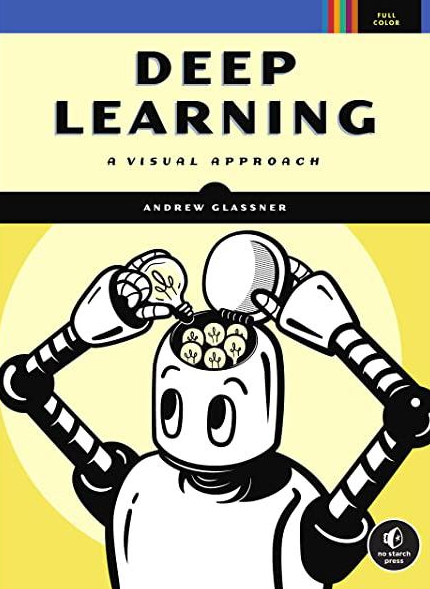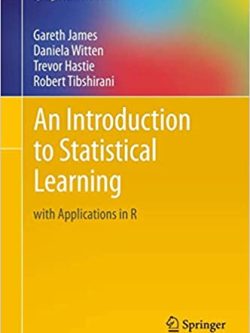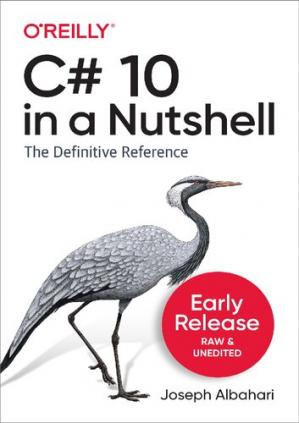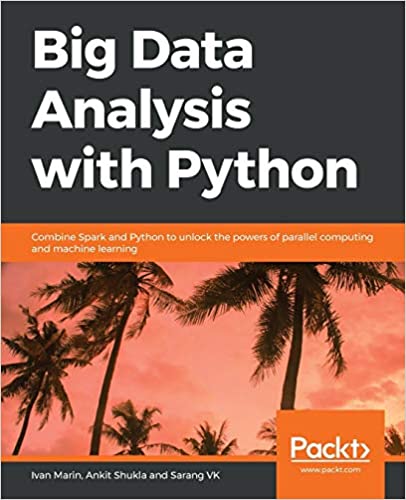Deep Learning: A Visual Approach by Andrew Glassner, ISBN-13: 978-1718500723
[PDF eBook eTextbook]
- Publisher: No Starch Press; Illustrated edition (June 29, 2021)
- Language: English
- 776 pages
- ISBN-10: 1718500726
- ISBN-13: 978-1718500723
An accessible, highly-illustrated introduction to deep learning that offers visual and conceptual explanations instead of equations. You’ll learn how to use key deep learning algorithms without the need for complex math.
Ever since computers began beating us at chess, they’ve been getting better at a wide range of human activities, from writing songs and generating news articles to helping doctors provide healthcare.
Deep learning is the source of many of these breakthroughs, and its remarkable ability to find patterns hiding in data has made it the fastest growing field in artificial intelligence (AI). Digital assistants on our phones use deep learning to understand and respond intelligently to voice commands; automotive systems use it to safely navigate road hazards; online platforms use it to deliver personalized suggestions for movies and books – the possibilities are endless.
Deep Learning: A Visual Approach is for anyone who wants to understand this fascinating field in depth, but without any of the advanced math and programming usually required to grasp its internals. If you want to know how these tools work, and use them yourself, the answers are all within these pages. And, if you’re ready to write your own programs, there are also plenty of supplemental Python notebooks in the accompanying Github repository to get you going.
The book’s conversational style, extensive color illustrations, illuminating analogies, and real-world examples expertly explain the key concepts in deep learning, including:
‘ How text generators create novel stories and articles
‘ How deep learning systems learn to play and win at human games
‘ How image classification systems identify objects or people in a photo
‘ How to think about probabilities in a way that’s useful to everyday life
‘ How to use the machine learning techniques that form the core of modern AI
Intellectual adventurers of all kinds can use the powerful ideas covered in Deep Learning: A Visual Approach to build intelligent systems that help us better understand the world and everyone who lives in it. It’s the future of AI, and this book allows you to fully envision it.
Table of Contents:
Acknowledgments . xxi
Introduction xxiii
PART I: FOUNDATIONAL IDEAS . 1
Chapter 1: An Overview of Machine Learning . 3
Chapter 2: Essential Statistics . 15
Chapter 3: Measuring Performance . 47
Chapter 4: Bayes’ Rule 83
Chapter 5: Curves and Surfaces . 117
Chapter 6: Information Theory 133
PART II: BASIC MACHINE LEARNING 153
Chapter 7: Classification . 155
Chapter 8: Training and Testing 181
Chapter 9: Overfitting and Underfitting . 195
Chapter 10: Data Preparation 221
Chapter 11: Classifiers 263
Chapter 12: Ensembles 297
PART III: DEEP LEARNING BASICS 311
Chapter 13: Neural Networks 313
Chapter 14: Backpropagation 351
Chapter 15: Optimizers . 387
PART IV: BEYOND THE BASICS . 427
Chapter 16: Convolutional Neural Networks 429
Chapter 17: Convnets in Practice 473
Chapter 18: Autoencoders . 495
Chapter 19: Recurrent Neural Networks 539
Chapter 20: Attention and Transformers . 565
Chapter 21: Reinforcement Learning . 601
Chapter 22: Generative Adversarial Networks . 649
Chapter 23: Creative Applications 675
References 693
Image Credits 717
Index . 721
Andrew Glassner is a research scientist specializing in computer graphics and deep learning. He is currently a Senior Research Scientist at Weta Digital, where he works on integrating deep learning with the production of world-class visual effects for films and television. He has previously worked as a researcher at labs such as the IBM Watson Lab, Xerox PARC, and Microsoft Research. He was Editor in Chief of ACM TOG, the premier research journal in graphics, and Technical Papers Chair for SIGGRAPH, the premier conference in graphics. He’s written or edited a dozen technical books on computer graphics, ranging from the textbook Principles of Digital Image Synthesis to the popular Graphics Gems series, offering practical algorithms for working programmers. Glassner has a PhD in Computer Science from UNC-Chapel Hill.
What makes us different?
• Instant Download
• Always Competitive Pricing
• 100% Privacy
• FREE Sample Available
• 24-7 LIVE Customer Support






Reviews
There are no reviews yet.